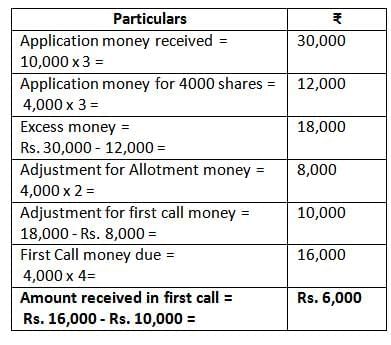PFRDA Assistant Manager Phase 1 (Paper 2) Mock Test- 1 (General Stream) - Insurance Exams MCQ
30 Questions MCQ Test - PFRDA Assistant Manager Phase 1 (Paper 2) Mock Test- 1 (General Stream)
Which of the following best describes the concept of "Multiplier" in macroeconomics?
What is the difference between the outflow and inflow of foreign currency known as?
Which of the following is an example of a non-monetary item under accounting standards?
A company issued 4,000 equity shares of Rs. 10 each at par payable as under:
On application Rs. 3; on allotment Rs. 2; on first call Rs. 4 on final call Rs. 1 per share.
Applications were received for 13,000 shares. Applications for 3,000 shares were rejected and pro-rata allotment was made to the applicants for 10,000 shares. How much amount will be received in cash on the first call? Excess application money is adjusted towards the amount due on allotment and calls.
Which among the following are sources of non-tax revenue receipts for the Union Government?
1. Disinvestment Receipts
2. Spectrum Fees
3. Dividends from Public Sector Undertakings
4. Interest Received on Loans given by the Government
Choose the correct answer from the choices given below:




















